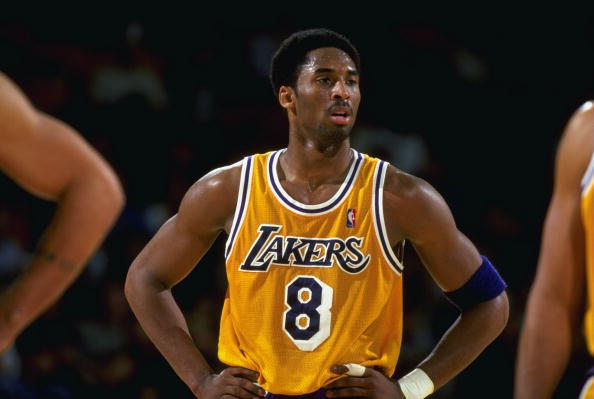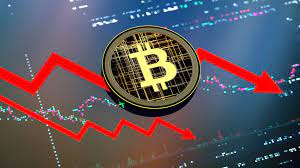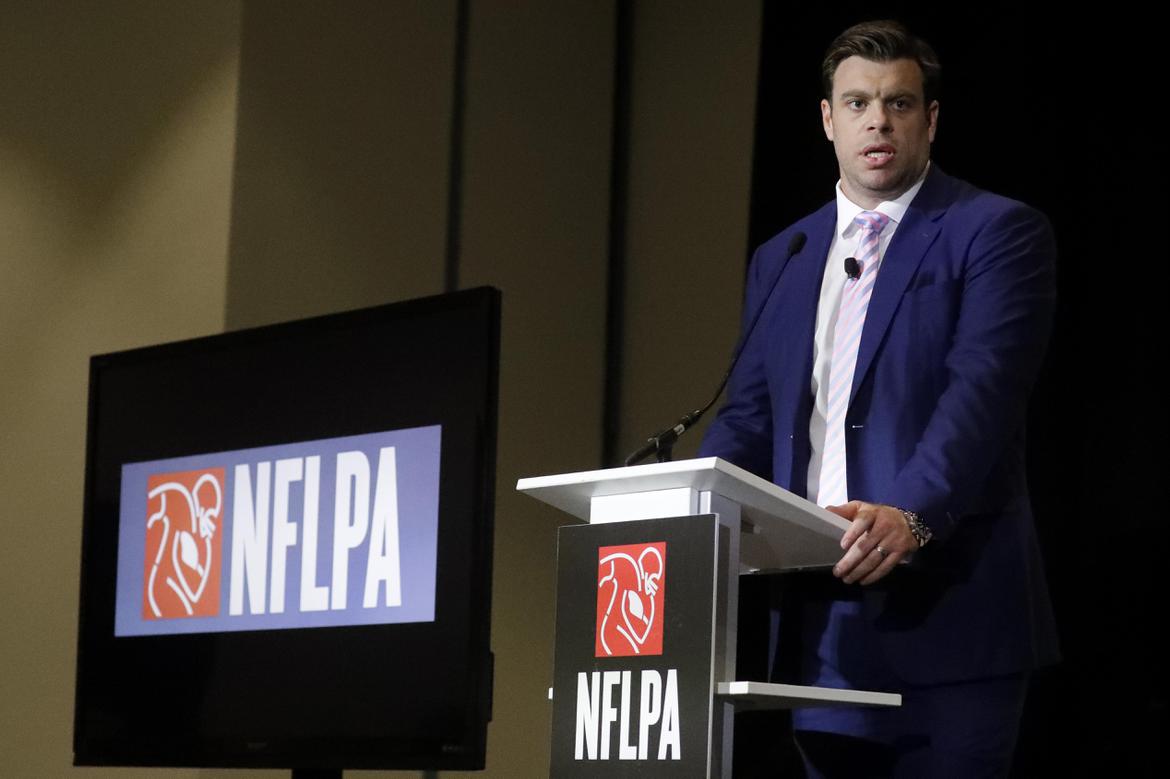Before the mid 1990s, basketball players jumping straight from high school to the pros was nearly unheard of. Moses Malone had done it back in 1974, but in the 20 years since the practice had been essentially nonexistent.
Then came Kevin Garnett, who controversially opted to forgo college and enter the 1995 NBA Draft. Garnett was drafted No. 5 overall and was an immediate success in the pros, averaging 10.4 points and 6.3 rebounds per game as a 19-year-old rookie.
Garnett going high in the draft, scoring a big contract and posting solid stats in his first year emboldened others to follow him from high school to the NBA. The following year, Kobe Bryant and Jermaine O’Neal announced they would be skipping college and heading straight for the draft.
This brewing trend upset many onlookers, some of whom were quoted in a May 8, 1996 article in the Arizona Republic headlined, “Youngsters contemplating jump to NBA are… ‘just kidding themselves.'” Here’s the money quote:
“The good news is Kevin Garnett was a great success,” said Herb Rudoy, a Chicago-based agent who represents several NBA Players. “The bad news is Kevin Garnett was a great success. Had he not been, I think players would be going to college.”
The Republic’s article advanced the idea that skipping college was career suicide for a basketball player. Sub-headlines included “Better to stay in college” and “Tough road in the NBA.”
The quote in the headline came from NBA chief scout Mary Blake, who said, “These kids are just kidding themselves if they think they’re ready to be NBA players. I’d like to be a movie star, too.”
The article raised alarm that NBA scouts were forced to attend, gasp, the McDonald’s All-America tournament, and quoted then-Phoenix Suns general manager Bryan Colangelo as saying this:
“The increasing trend of kids bypassing college and forgoing an opportunity to pursue an education is something that is alarming. It certainly is the opinion of the Phoenix Suns that Kobe Bryant should go to college. High school athletes are not ready to attack the daily routine of a pro athlete.”
Some parts of the article were somewhat prescient—namely the idea that prep-to-pro players would diminish the college game—but Rudoy’s perspective on Kobe’s career prospects was certainly not:
“Let’s say Kobe goes to Sacramento. He’s not going to beat Mitch Richmond. Mitch is going to play 40 minutes. If Kobe sits and isn’t playing, how is he going to improve? He isn’t.
“After three years on a team that doesn’t need him, where he hasn’t developed because he hasn’t practiced half the time, he has no leverage for a second contract. There would be no interest in him.”
Obviously Rudoy’s forecast of Kobe’s career didn’t quite come true, as the teenage guard, after being drafted 13th by the Hornets and then traded to the Lakers, won five NBA titles and became one of the greatest players in league history.
The 12-year era of high schoolers jumping to the NBA was not without mishaps—Kwame Brown, Jonathan Bender and Sebastian Telfair were notable failures, among others. But before the NBA instituted an age limit in 2005, the prep-to-pro pipeline gave us KG, Kobe, T-Mac, Dwight, Amare and, of course, LeBron James, making it impossible in retrospect to argue that teens were “just kidding themselves” about playing in the NBA.





About Alex Putterman
Alex is a writer and editor for The Comeback and Awful Announcing. He has written for The Atlantic, VICE Sports, MLB.com, SI.com and more. He is a proud alum of Northwestern University and The Daily Northwestern. You can find him on Twitter @AlexPutterman.
Recent Posts
How Cryptocurrency Influences Sports and Esports
The rise of Bitcoin and other altcoins (such as Ethereum, USDT, Ripple, and others) has led to a...
Live sports on TV & stream: TV-guide with fixture list, times and channels
Want to find out where the next game is broadcasted on TV or stream? You’re looking for a...
Mauro Ranallo and WWE agree to mutually part ways
Mauro Ranallo is leaving WWE. Ranallo had worked with WWE since early 2016, first as a play-by-play announcer...
NFL Players Can Now Use CBD within the NFLPA Agreement
In years gone by – and even today – there has been a lot of controversy over what...
Former NASCAR CEO Brian France sues @DrunkBrianF parody account
There’s been a surprising amount of litigation over political parody accounts on Twitter, from a lawsuit against Peoria,...
The art of the demotion: some of the most prominent ESPN “reassignments” that have minimized negative coverage
One particularly unusual thing with ESPN relative to many other companies is that when they make a change...